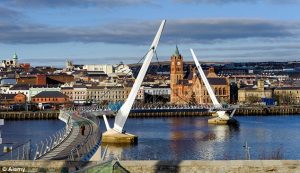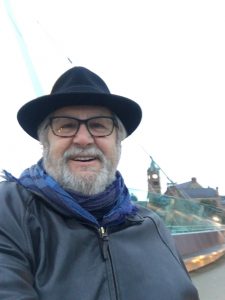Wednesday, and we are leaving Galway heading towards Derry (an Anglicized version of the Gaelic for Oak), or Londonderry as it is officially known, with stops along the way. Our first stop was at the Knock Shrine. The Knock Shrine is a Roman Catholic pilgrimage site and a National Shrine in the village of Knock. Apparently, in 1879, some observers stated that there was an apparition of the Blessed Virgin Mary, Saint Joseph, Saint John the Evangelist, angels and Jesus Christ (the Lamb of God).
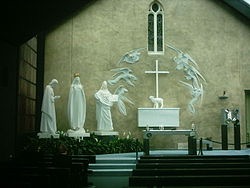
This resulted in many pilgrims making the trek to the site resulting in more and more folks showing up. Inside the church there is an artistic mosaic of the apparition and other depictions. Unfortunately, when we arrived, the church was undergoing some renovation and there really wasn’t ANYTHING to see – therefore I have added some images I found on line to show what the place is all about.
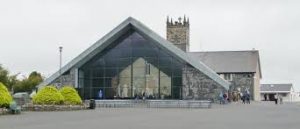
Our next stop was The Grange sheep farm and a border collie sheep dog demonstration. Remember the Disney move Babe about a pig that is trained to herd sheep? Well it was just like that but real – and Jack is a working, award winning dog.
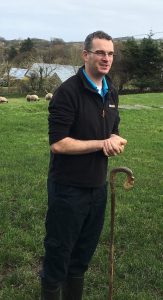
Martin Feeney is a well-known sheepdog handler, with over twenty years experience to his name. Having learned the skill of sheepdog handling from his father, Martin has travelled the world over; both competing in and judging sheepdog trials on an international stage. We joined Martin on his sheep farm where we watched him and his trusty sheepdog, Jack, guide sheep around the enclosure. It was really quite interesting to see the way he worked with his dog to move sheep around.
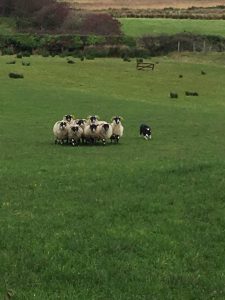
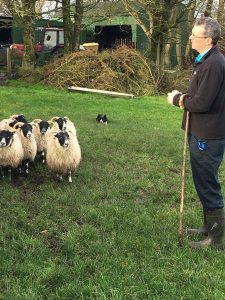
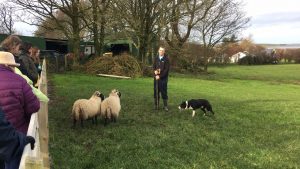
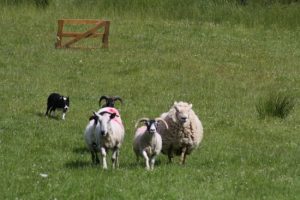
Martin has about 400 sheep year round – 100 males and 300 females – and another 600 after spring when all the lambs are born. Most of his sheep graze on top of a mountain not far from his farm and he is able to send his sheepdogs up to the top to herd the sheep down each day to be individually checked. It was really an interesting demonstration.
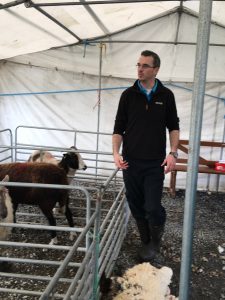
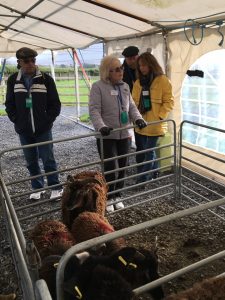
After the demonstration of the herding, he gave us an information seminar on the types of sheep he has and the benefits of them. All of his are kept as breeding stock, not for meat or wool production. It turns out the wool is really worthless – it all is sold bulk and goes to China for use as building insulation, not to be woven into cloth.
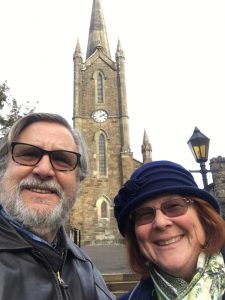
We stopped for a delightful lunch in the little village of Donegal where we ventured off to a locals tearoom for a light lunch and lovely blueberry pie.
After we arrived in Londonderry, before we even got into our rooms, we had a local guide take us on both a quick bus tour and a brief walking tour of the historical wall of the city. The city is know for its intact 17th century walls and gates.
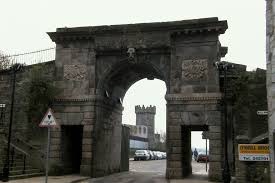
Originally with four gates through the walls, this was increased by three sometime during the 18th century.
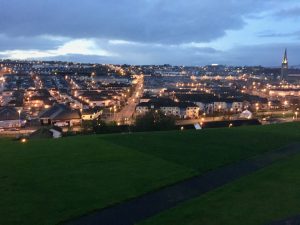
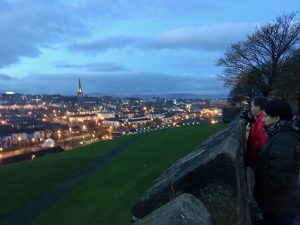
The Derry City Walls were completed in 1618 by an English merchant guildsmen, and mainly planned as a defense of the prosperous city against Irish raiders from Donegal. They are up to 26 feet high, and up to 30 feet wide, enclosing the old merchant city (where the money was). The walls then earned their immortal place in Irish history through the defiance of Derry’s Protestant apprentice boys, whose slamming of the gates (“No Surrender”) in the face of an approaching Catholic army made the Walls of Derry an iconic emblem of Loyalism and Unionism.
Derry is clearly a city that has seen it’s share of the Troubles and these are represented in several murals visible along the roadways and from the top of the walls.
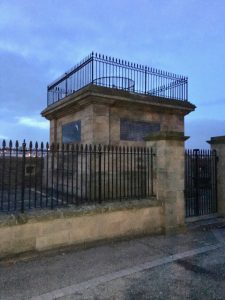
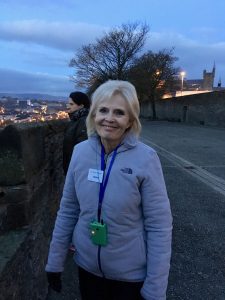
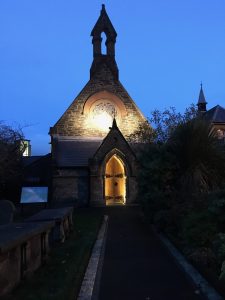
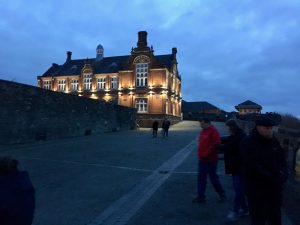
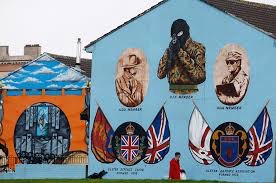
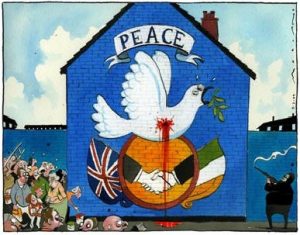

Once the Troubles were over (if you can believe they are really over) things have settled down and a bridge to symbolize the final peace was built across the river.
